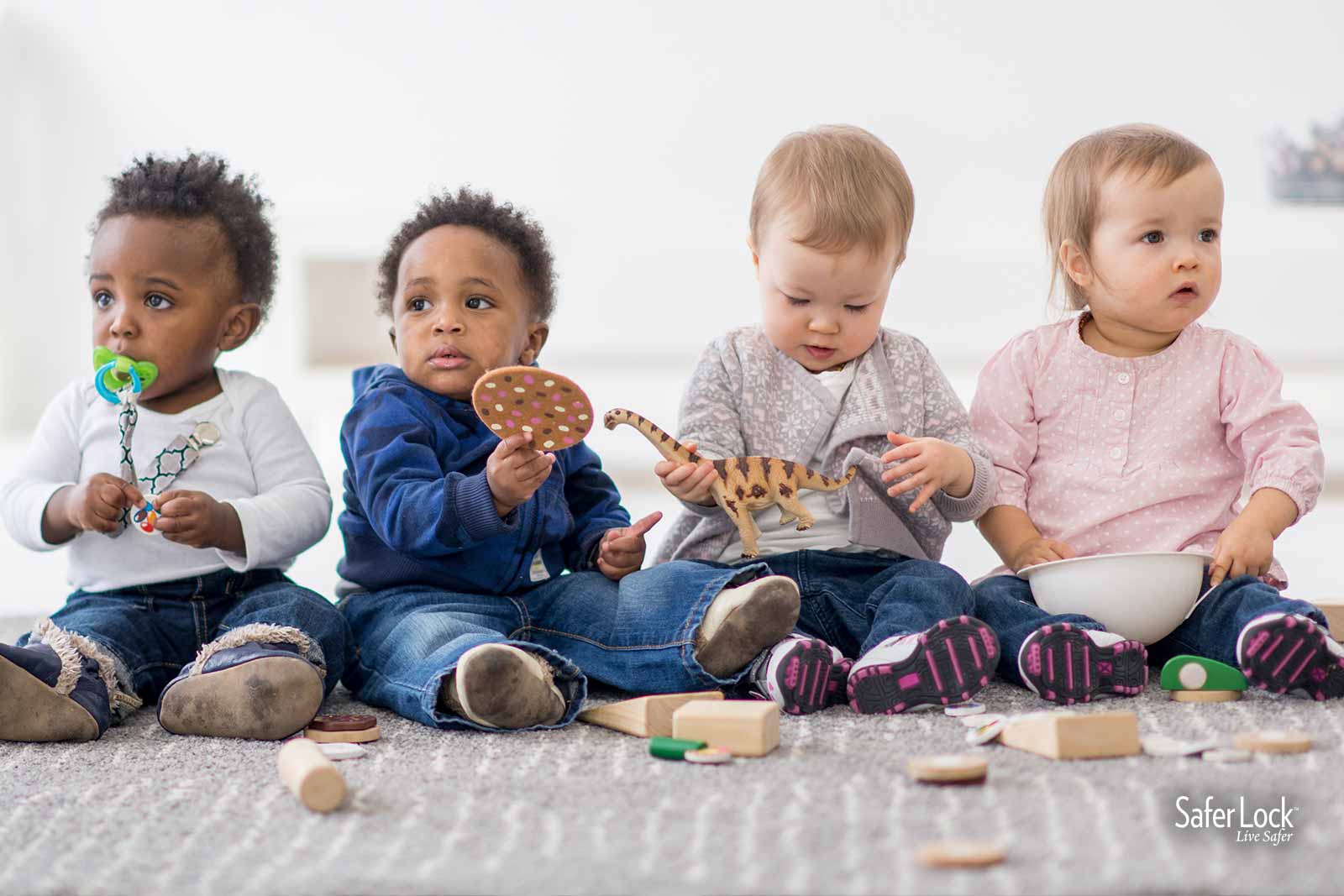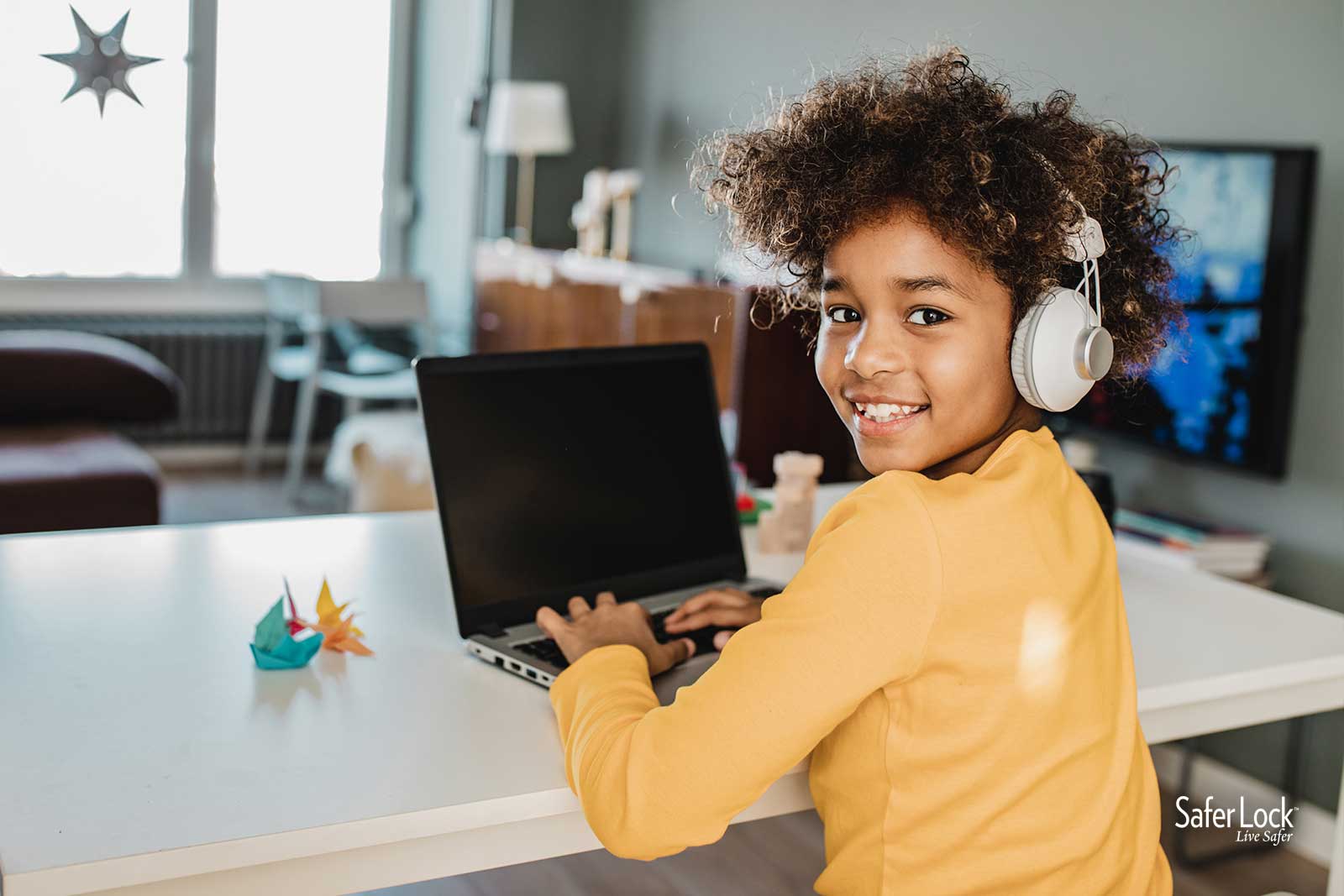From the moment you knew you would be a parent, you’ve been thinking of ways to keep your child safe from harm. Your home was baby-proofed, then toddler-proofed, and finally, you began to breathe a little easier as your young child got a bit older.
The baby locks eventually come down.
And you let your guard down… just a little bit.
What you may not know is that there is still a very serious danger lurking in your home, and it can be deadly to your kids, no matter their age.
Household Medications Can Be Deadly. Here’s Why.
Medications, whether prescription or over-the-counter, are one of the leading causes of accidental deaths for children.
From seemingly innocent vitamins and natural supplements to over-the-counter medications and prescriptions from a doctor, pills and medications are the #1 danger to every child in your home.
- Medicines are the leading cause of poisoning in children.
- 70% of non-fatal poisonings involve children ages 1 to 2.
- 90% of child poisonings occur in the home.
- 22 teens die every week from overdosing on prescription painkillers.
Here’s what you need to know about the specific risks of medication poisoning to your children at every age, from babies and toddlers to children and teens.
Baby and Toddler Poisoning
Your youngest children are busy, busy, busy. They are always exploring, and everything is interesting to them. When something catches their attention, the first place it goes is straight into their mouths. Is it any wonder that they are most at risk for accidental poisoning?
Opioid pain medications are the leading cause of child poisoning deaths.
Over-the-counter pain, cold, and allergy medications are the second most common substances contributing to pediatric poisoning deaths.
A study found that most incidents of medication poisoning occur in the child’s home, and oftentimes, the child is being supervised at the time of the incident.
Even vitamins pose serious poison potential for curious toddlers. Each year, more than 60,000 instances of vitamin toxicity are reported to US poison control centers. Vitamins often look, smell, and even taste like candy. An inquisitive toddler won’t need much encouragement to put that into his mouth.
Pills are colorful and enticing to young children. Around the home, they may be easier to access than you think. Not even “child-proof” caps that come standard on OTC and prescription meds can keep out a curious young toddler, as this shocking Today Show video demonstrates.
Securing all medications, including vitamins and supplements, in a locked location, out of sight, and out of reach of young children helps reduce the risk of poisoning.
Child Poisoning
While the majority of childhood poisoning incidents affect children younger than 6 years old, parents of older children are not safe from the risks of medication poisoning in their homes.
Once kids hit the age of six, their risk of accidental poisoning decreases.
They’re aging out of that phase where everything goes into their mouth.
They understand when you tell them that medicine isn’t candy.
Unfortunately, they may begin to get old enough to exert their independence at this age. Older kids may help themselves to their vitamins in the morning as part of their breakfast routine. Or they may feel old enough to self-medicate if something is wrong, helping themselves to OTC cough medication or pain relievers.
While the risk of them accidentally poisoning themselves at this age is lower, unfortunately, one specific poisoning risk becomes even greater as kids get older.
The Centers for Disease Control (CDC) reported an increase in overdose deaths in kids aged 10 to 19 years old from 2019 - 2021 (the most recent reporting period), and 90% of those deaths involve opioids.
Many opioid fatalities for kids in this “middle” age group — no longer toddlers but not yet teens — come from accidental exposures to opioids.
It could be a bottle left open on a bathroom counter or peeking out of grandma’s purse. Parents, grandparents, babysitters, and other caregivers need to be aware of the danger opioids and other powerful prescription medications pose to kids.
In greater than 60% of childhood opioid fatalities, the medications were stored in an open area rather than in a cabinet or secure location.
Locking pill bottles or locking medication boxes can secure powerful prescriptions, OTC meds, and more to keep kids safe.
Secure your home with these best-selling, locking medication safekeeping products.
Teen Drug Abuse and Overdose
“Not my teen."
It can be easy to get complacent about prescription medications in the home when your teen is a good kid with good friends.
However, it just takes one moment of poor decision-making, one instance of peer pressure, or one stressful day to change your teen’s life forever.
From 2019 to 2021, the most recent reporting period from the CDC, overdose deaths among teens aged 14–18 years increased 109%. Teen deaths from fentanyl increased 182% during that same period.
Even the best-behaved kids with great grades and the best intentions can misstep when it comes to prescription drugs.
- One in four American teens admits to misusing a prescription drug.
- 68% of people over the age of 12 who have abused prescription drugs got them from a friend or relative.
- 90% of teen drug overdose deaths involve opioids or fentanyl.
The temptation to try a pain medication, sleeping pill, anti-anxiety medication, or stimulant not prescribed for them can sometimes be too much for a teen. Many teens believe that prescription drugs are “safer” than illicit street drugs because they can be found in their parent’s medicine cabinet or because a doctor prescribed them.
The biggest risk to your teen today is fentanyl, a synthetic opioid used to make counterfeit opioids and mixed in with illicit drugs such as cocaine and heroin. Fentanyl is 100x more powerful than morphine, and one of its side effects is respiratory depression. Fentanyl can cause your teen’s brain to forget to breathe, which means even a small amount can lead to overdose death.
According to the DEA, the risks of fentanyl include instant death and severe brain damage. “We lost our amazing son, Matthew Thomas, at the age 20 to fentanyl poisoning. In July of 2020 he bought and took what he believed to be Percocet. He was deceived into taking a counterfeit prescription pill. He died shortly after taking it.”
All it takes is one tiny pill to end a beautiful, promising life.
Protect your teen from temptation by securing your prescription medications with locking medication storage solutions. Keep track of the number of pills you’ve used and discard any unneeded or expired pain medications once you’re done with them. Easy access to unsecured prescription medications can be the first step down a painful road toward abuse or overdose death. Talk to your teens about the dangers of medication abuse, prescription medication abuse, and the particular dangers of fentanyl.
Kids are naturally curious at every age. Be aware of the hidden dangers that OTC and prescription medications pose, and remember to lock up your meds.
National Poison Control Helpline: 1-800-222-1222
This post was updated in 2024 with the most relevant statistics and current information to keep your family informed and safe.



